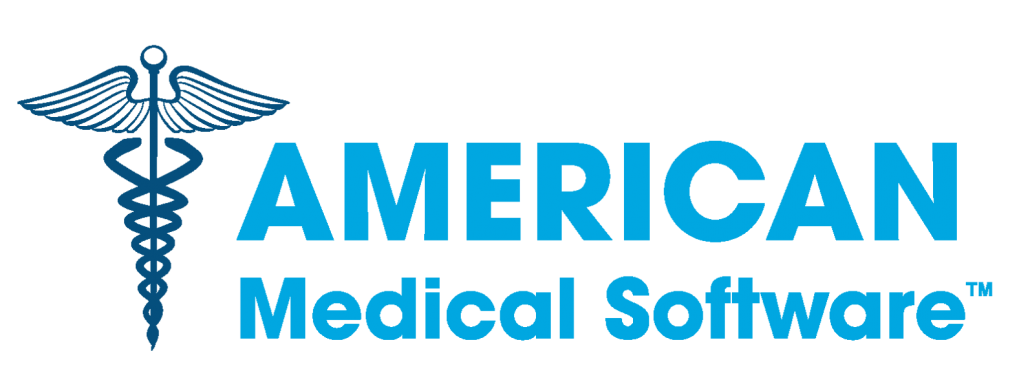Training on Electronic Medical Records Software
Once you’ve made the decision to implement electronic medical records software, the next step is making sure your employees know how to use it. It’s not unusual for medical software implementation to be met with some pushback. After all, transitioning from paper-based files to an electronic system can seem overwhelming for physicians, nurses and other staff members. However, taking the time to map out your training process can save you time and money in the long run.
Below are some tips to help make your EMR software transition go smoothly.
Determine Employee Computer Skills
Before you begin training on your EMR software, it’s important to assess your staff’s level of basic computer knowledge. This is especially true for practices where clinical processes are primarily paper based. If your employees don’t normally have to perform complex tasks on a computer, it’s important to get them up to speed before additional training begins.
Some simple questions to assess them on are whether they know how to attach files, save documents and send emails. Your front desk staff might currently be scanning and printing insurance cards to attach to each patient’s paper chart, but do they know how to attach those files to the patient’s EMR chart?
Once you’ve identified employees in need of basic computer training, you’ll need to get them up to speed. Providing adequate computer training can make the transition process easier for users who are uncomfortable with change, and will ensure that your entire team understands how to use the new system.
Designate Two Key Users
These key users will be the go-to people for any EMR questions other staff in your office may have, and will be responsible for learning the system inside and out.
To identify the key users at your practice, look for people who have high computer literacy and are able to learn new concepts quickly. Make sure they also good with helping others and have been at your practice long enough to have a good grasp of everyone’s normal responsibilities.
Only Train Employees in the Modules They Will Use
Many practices make the mistake of thinking that every employee needs to learn every single module, but this isn’t necessary or realistic. In fact, doing so can considerably slow down implementation and create frustration among staff.
The only people who should learn the program intensively are the key users. Training for all other employees should focus only on the features they will be required to use on a regular basis. Taking this approach will cut down on learning time, eliminate confusion and get staff up to speed on the EMR software.
For example, your employees in the billing department need to learn how to find insurance information and billing codes. They don’t need to learn how to view test results or enter a diagnosis, so don’t waste time teaching them.
Get Feedback
It’s normal to experience some road bumps after your initial implementation. To decrease office frustration, it’s important to get feedback from your employees on how the new EHR system is functioning. Make it clear that you want their feedback in order to help improve workflow and optimize the system.
In the weeks following implementation, schedule bi-weekly meetings to gather feedback. It is important that different members of your practice are represented. Your nurses and physicians may have a very different perspective than your administrative staff.
Take Advantage of Online Resources Provided by Your EMR Vendor.
Ideally, if you’re looking for the best medical practice software provider, look for one that offers both training and long-term technical support, should problems arise. American Medical Software provides 100% USA based technical support. American Medical Software also has 24/7 technical support libraries to assist with any issues that may arise. For more information on electronic medical records software please contact us today.




Leave a Reply
Want to join the discussion?Feel free to contribute!